detail profile j c3 b8rgen leth
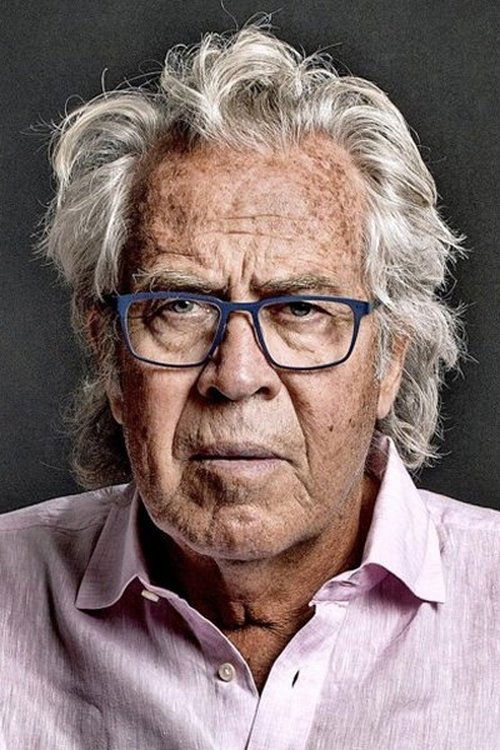
Riwayat Hidup
Jørgen Leth is a Danish poet and film director who is considered a leading figure in experimental documentary film making.
Most notable are his epic documentary A Sunday in Hell and his surrealistic short film The Perfect Human.
He is also a sports commentator for Danish television and is represented by the film production company, Sunset Productions.
Info Pribadi
Peran Yang Di Mainkan Jørgen Leth
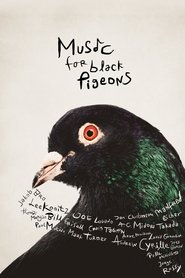 Music for Black Pigeons is the...
Music for Black Pigeons is the...Music for Black Pigeons 2023
Music for Black Pigeons is the first collaboration between Jørgen Leth and Andreas Koefoed. The film poses existential questions to influential jazz players such as Bill Frisell, Lee Konitz, Midori Takada and many others: How does it feel to play, and what does it mean to listen? What is it like to be a human being and spending your whole life trying to express something through sounds? The characters wake up, rehearse, record, perform and talk about music. In some moments they are on the edge, the edge of existence, constantly challenging themselves. They listen. They devote themselves to finding a space to create a connection to something bigger than themselves. Something that will outlast all of us.
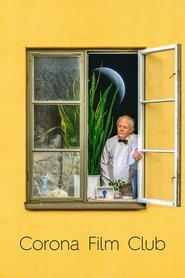 Documentary about filmmaker and film lover...
Documentary about filmmaker and film lover...Corona Film Club 2021
Documentary about filmmaker and film lover Stig Björkman during the pandemic year of 2020 when he stay in touch with his friends over his laptop.
 Documentary about Danish filmmaker sports journalist...
Documentary about Danish filmmaker sports journalist...I Walk 2020
Documentary about Danish filmmaker, sports journalist and poet Jørgen Leth who struggles after surviving a major earthquake in Haiti.
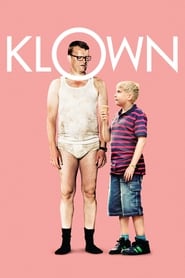 Frank is left with the responsibility...
Frank is left with the responsibility...Klown 2010
Frank is left with the responsibility for his nephew Bo on an already planned canoe trip. Frank's mate Casper is also coming along. Weighed down a with their obligation, Frank and Casper nevertheless look forward to ending the trip at Skanderborg Festival where there's plenty there for the guys, a spree of drinking and women. Not the best example to set for young Bo. And how do their partners see it all?
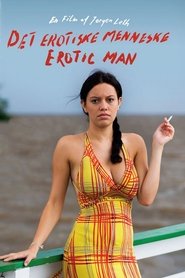 The film has been ten years...
The film has been ten years...The Erotic Man 2010
The film has been ten years in the making, and over time it has grown to become what the director himself has called an artistic testament. It is simultaneously his most personal and most provocative film. A film about growing older, about losing, about the special moments one remembers, and about the director's own circling around the essence of eroticism.
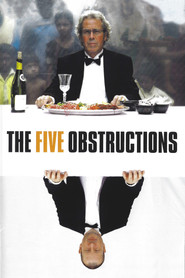 Lars von Trier challenges his mentor...
Lars von Trier challenges his mentor...The Five Obstructions 2003
Lars von Trier challenges his mentor, filmmaker Jørgen Leth, to remake Leth’s 1967 short film The Perfect Human five times, each with a different set of bizarre and challenging rules.
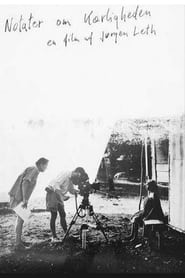 Poetfilmmaker Jrgen Leth taps his own...
Poetfilmmaker Jrgen Leth taps his own...Notes on Love 1989
Poet-filmmaker Jørgen Leth taps his own earliest inspirational veins by free-floating through a camera/microscope-enhanced set of poems with love as their first and final subject. For example, how a tropical island woman prepares for a meeting with her lover. The film was shot partly in the South Pacific with more than a nod to social anthropoliogist B. Malinowski's historical work The Sexual Life of Savages.
 A documentary view of the Basque...
A documentary view of the Basque...Pelota 1983
A documentary view of the Basque ball-game in which a small hard leather ball is hit against a wall. The film gives an impression of the game itself and of those who play it, not only the star performers (and the myths that surround them), but also those who just play in the streets and alleyways. The film sees the game it its cultural context and conveys the emotions and stories that are peculiar to the Basque country.
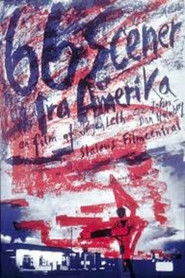 As a visual narrative it is...
As a visual narrative it is...66 Scenes from America 1982
As a visual narrative it is reminiscent of a pile of postcards from a journey, which indeed is what the film is. It consists of a series of lengthy shots of a tableau nature, each appearing to be a more or less random cross section of American reality, but which in total invoke a highly emblematic picture of the USA.
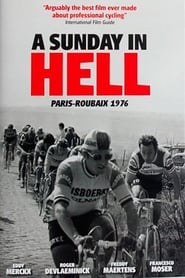 A chronology of the 1976 ParisRoubaix bicycle...
A chronology of the 1976 ParisRoubaix bicycle...A Sunday in Hell 1977
A chronology of the 1976 Paris-Roubaix bicycle race from the perspective of participants, organizers and spectators.
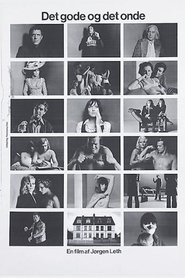 Jrgen Leth can squeeze poetry from...
Jrgen Leth can squeeze poetry from...Good and Evil 1975
Jørgen Leth can squeeze poetry from a stone and wit from dust, and he can find love where the milk of human kindness runs dry. In a series of tableaux of Life in Denmark, he carries absurdism to a happy extreme. To act out his minuscule non-dramas, he uses a motley crew of professional actors like Ghita Nørby and Claus Nissen, writer Dan Turéll plus a snake charmer, a bicycle racer and a circus queen.
 The intention of the film is...
The intention of the film is...Life in Denmark 1972
The intention of the film is to give an impression of what small exotic Denmark looks like, what the strange Danes look like and how they are. Nearly 100 Danes are presented in the film, amongst them a racing cyclist, a Minister of Finance, a popular actor and 13 unmarried women from a provincial town. "There is too much fogginess and rain and melancholy in most of the pictures of Denmark," says Jørgen Leth. "But not in my film. I would like to show you some authentic, clear and beautiful pictures from this strange country."
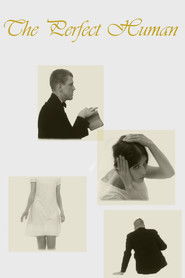 An elegant and humorous filmin the...
An elegant and humorous filmin the...